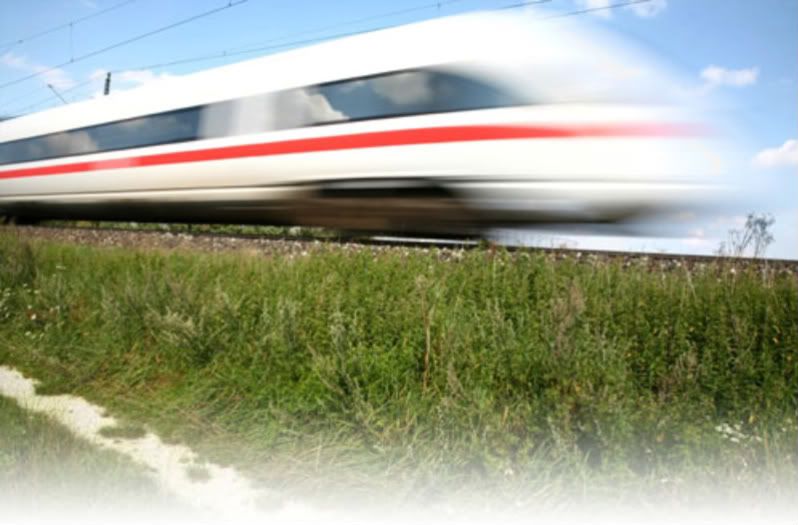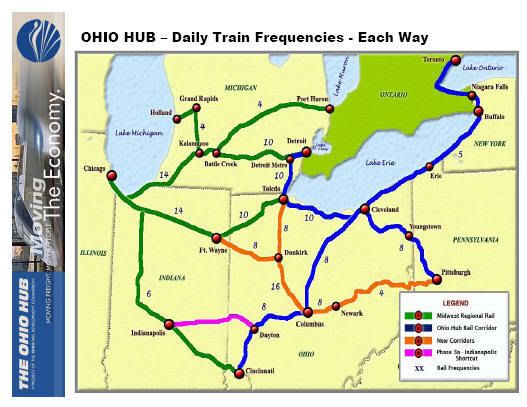Burning the Midnight Oil for Living Energy Independence
 crossposted from ProgressiveBlue
crossposted from ProgressiveBlue
Transport For America (t4america.org) has a call to action out on the Climate Change Bill. “ACES” passed the House, and the corresponding (but of course not identical) legislation is presently up for consideration in the Senate.
The basis of the call for action is straightforward:
- 1% of the revenues raised by the Carbon Fee is permitted to be used for clean energy transport – not even mandated, but optionally may be used for that among a range of other options.
- Transport is responsible for 30% of the CO2 emitted
- thus, “You can’t solve 30% of the problem with 1% of the funds
Now, about 14% of carbon fee revenue is dedicated to emissions reduction, so that is 7.2% of the emissions reduction budget allocated that is the maximum allowed to be spent on installing existing clean energy transport. Based on CBO estimates of carbon fees, the maximum amount that states would be allowed to devote to clean energy transport is:
- $391m in 2011; rising to
- $1.3b ($1,323m) in 2019
By contrast, the bill authorizes utilities to tax customers by $1b-$1.1b a year over 10 years to finance the installation of Carbon Sequestration Technology, which is the excuse given for permitting continued construction of coal-fired generating plants. (source: 1Sky analysis, pdf)
This means:
- The most promising single opportunity to reduce greenhouse gas emissions in transport inside a decade, electrification of the STRACNET long haul rail freight network, is entirely out of bounds for any funding
- Funding for electric rail and trolley bus passenger transport requires first gaining approval through Federal programs that discriminate against energy-efficiency

 The people’s choice award in the
The people’s choice award in the  On Thursday,
On Thursday,  I have blogged on this topic before (links below the fold), and the concept is both powerful and simple. Electrify main rail corridors and provide the capacity to support 100mph Rapid Freight Rail. The points are direct:
I have blogged on this topic before (links below the fold), and the concept is both powerful and simple. Electrify main rail corridors and provide the capacity to support 100mph Rapid Freight Rail. The points are direct: